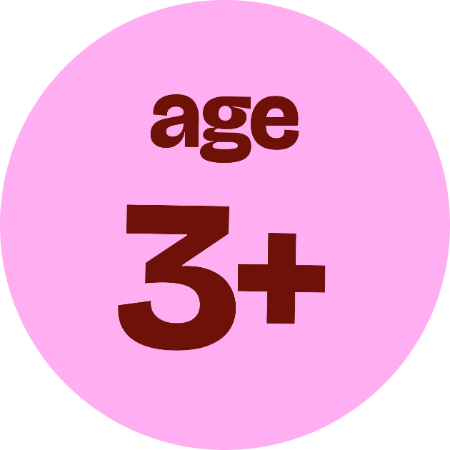With its colourful geometric lines, Lost Brain invites us to follow the chaotic progress of a crocodile with a cold.
Beginning with vibrant and joyful colours, the film sets out the crocodile’s hassle-free day-to-day life. In the morning he makes his coffee, waters his plants and goes for a walk. But then there’s a rain shower and things start going awry. When he catches a cold, the poor creature can’t stop sneezing, and that triggers a strange phenomenon: little by little, the things around him lose their colours.
Using this simple idea, the director creates a visual journey that turns the initial set on its head, with items inverted so that they no longer serve their primary purpose and any sense of balance and proportion gradually fades. The weakened animal becomes unsteady and his perception is altered.
The brightly coloured forms with sheer sides that look a bit like they were made from cut paper soon give way to forms that are similar except that they are black and white and have spongier, quilted edges that bring to mind stencilling. In the end, the more pastel hues return.
This offbeat, absurd and inventive shot film has no dialogue but takes children on a visual journey in which forms appear on the screen and show all their fragility. The music perfectly reflects the rhythm of the narration and images, helping to immerse viewers in the chaos. And then, ultimately, the same music conveys the idea of a re-established order when a piano appears and every note played on it reintroduces the film to the world of colours.
